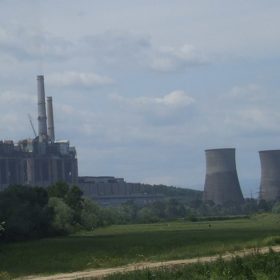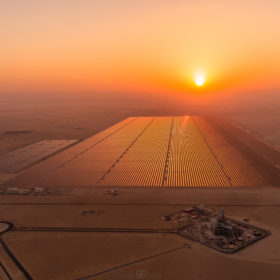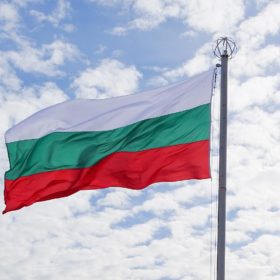EU energy fund to commit $514 million for solar projects at Romanian mining waste sites
Panels will be installed at waste sites in five mining towns as part of the latest, €2.4 billion ($2.57 million) round of investment from a fund set up to help coal-dependent European member states with the energy transition.
Telecoms business signs Bulgaria’s ‘first sleeved solar power deal’
The clean power to be generated by Sofia-based developer Renalfa will be matched to the consumption profile of customer A1 Bulgaria by a subsidiary, utility business unit of the renewables company.
‘Low-cost renewable hydrogen may already be in reach’
If the three record-busting low solar price tariffs recorded in the Middle East in the past 18 months are to be believed, renewables-powered hydrogen in prime sites in the region could already compete with gas-plus-CCS production, according to IRENA. Has the Gulf discovered the new petrol?
Bulgaria and Romania set to be EU solar hotspots
Each of the nations, like Greece, will have gigawatt-plus solar additions in 2024, according to Solarpower Europe, enough to carve out a 3% slice of an anticipated 35 GW regional market.
Bulgaria wants another 2.6 GW of renewables by 2030 – and coal
The government’s energy strategy targets new clean energy capacity this decade but all existing coal power plants will also remain active, gas pipelines could be upgraded and new nuclear facilities deployed.
Will a watered down EU Just Transition Fund still be effective?
The EU Council has rejected a Covid-inspired European Commission proposal for a €40 billion warchest to help coal-dependent regions shift to renewables, with the heads of member states instead allocating €17.5 billion. Despite the final figure being €10 billion higher than that suggested by the commission before coronavirus battered Europe, questions have been asked about how useful the program will be.
Eastern Europe coal exit offers a €50bn clean power opportunity
With Bulgaria, Poland, Romania and Czechia having dragged their heels over climate legislation for years, BloombergNEF has estimated the most economic route out of the coal habit. It is a path which could see 40% less carbon emissions in 2030 than were recorded last year, with a 47% clean energy power mix.
Bulgaria plans to introduce FITs for solar systems up to 30 kW
The government is considering a €0.12/kWh feed-in tariff for PV installations with a generation capacity of up to 5 kW and of €0.10 for 5-30 kW systems. If implemented, the scheme will come into force next month.
Rooftop PV has reached grid parity in main EU markets
Researchers have developed a high-resolution geospatial method of assessing the solar potential of all buildings in the EU and concluded rooftop PV could provide a quarter of the bloc’s electricity needs. The scientists say grid parity for rooftop solar has been reached outside eastern member states with cheap fossil fuel electricity.
Renewables generation cheaper than coal for many power companies – but not yet for Eskom
An investor tool examining the coal fleets of major global power companies has offered up analysis which flies in the face of arguments solar and wind generation could help turn around the debt-saddled South African utility.










